As preppers, it seems like our shopping lists never end. Always buying new supplies, to supplement or replace those that we already have.
We need new gear and new equipment in order to better prepare for what might lie ahead, or cover our bases in case of some new and unexpected threat. Some preppers might enjoy shopping for this stuff around the clock, but for others, it’s a tiresome if necessary chore.
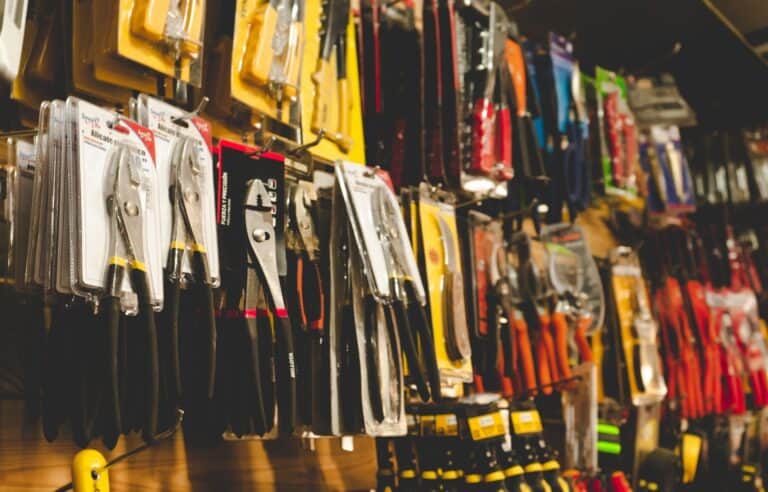
What’s more, much of what we need comes from specialized retailers, either big box outdoor and camping stores or perhaps one of the few remaining military surplus stores that dot the nation.
We have enough to do between jobs, families, and other obligations so anything you can do to save a little time, a few steps, and wear and tear on your vehicle is a welcome boon in addition to saving some money.
You need not think you are constrained to getting important survival gear at some specialized store or online outlet.
Critical but mundane survival supplies and equipment can be had at a variety of places, perhaps none of them more convenient than your local home improvement superstore.
Home Depot is one such popular chain that has a surprising amount of stuff your average prepper needs and wants. This article will share with you 15 survival-centric items you can pick up the next time you are at H-D.
You Can Get Survival Gear Anywhere
I want to caution preppers against a certain fallacy that we all seem to fall prey to from time to time. The notion that survival gear is some sort of special manufacturer or special category of equipment is one that even I get sucked into periodically.
After all, survival is serious business, and because we are serious about survival we need a special grade of gear, right?
Not necessarily. Naturally, we all want high-quality gear, but what is survival gear but items and equipment that are useful in a survival context?
Sure, some items specifically marketed for survival preparation and for preppers, in particular, might have aesthetics, features, or colors that appeal to our notions of our objective, but they might not perform any better or any worse than similar, mundane items you could get anywhere else.
Especially when it comes to the basics, items that you are going to see on the list below, you might be shocked if you do a price comparison between home depot, Lowe’s or some other hardware store retailer and a survival or tactical retailer marketing a similar product.
If you are blown away by the price differential, don’t be upset, just consider yourself informed: That is the power of marketing staring back at you!
15 Survival Items to Score at Home Depot
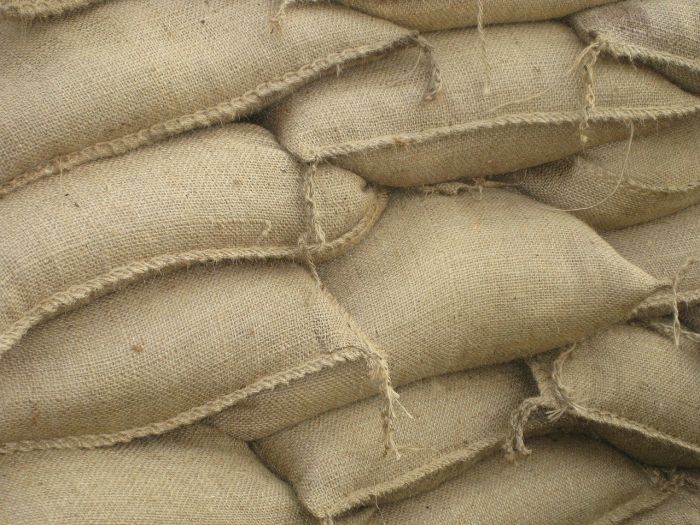
Sandbags
One of the most useful items you can secure on your trip to Home Depot is a big package of humble sandbags.
Sandbags, be they filled with sand or just loose soil, are useful for all kinds of things in a survival context, most notably building flood-protective barricades. But sandbags are useful for more than just flood defense.
You can use sandbags to construct a proper infantry fighting position that might come in handy in case of a serious societal collapse or even for construction purposes.
In the latter case, sandbags make excellent counterweights, or useful for bracing tall or unstable scaffolding and can even be used in conjunction with concrete to build ferociously ugly but surprisingly strong structures.
The best part about sandbags for our purposes is that they are dirt cheap, if you’ll pardon the pun and when they are not filled with sand they weigh basically nothing and can be stored by the dozens in a very small space. You are without excuse; grab a big package the next time you run into Home Depot.
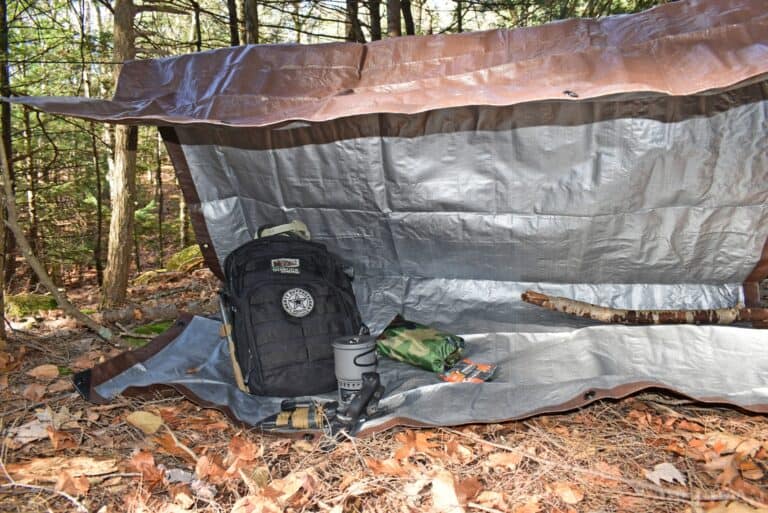
Tarp
A tarp is another excellent survival tool in a variety of situations, both for bugging in and bugging out. It is a great thing, then, that you can get tarps in a mind-boggling variety at your local Home Depot. Large and small, synthetic or fabric, Home Depot has them all.
Tarps are so useful because they are supremely multi-purpose. A tarp can be used as a primary shelter, to supplement shelter, or as a ground cover in a wilderness setting, but it can be used domestically as a sun shade, windscreen or patch for a leaky roof that took a bad knock during a storm.
You can even employ a tarp as a large-scale rain catcher using a little ingenuity, capable of collecting and holding dozens of gallons.
The usefulness of a tarp is limited only by your imagination, and you really are selling yourself short if you don’t have a few and your survival toolkit.
As always, I recommend spending a few dollars more and getting one that is truly durable and capable of withstanding rough treatment in bad conditions. Look for substantial waterproofness and heavy-duty grommets that won’t tear out at the first tug.
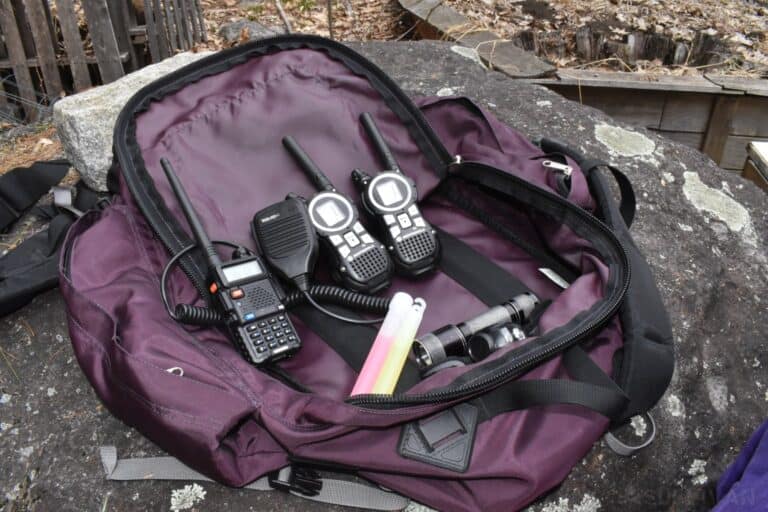
Walkie-Talkies
Communications are essential whenever you are working with a group, or just with your partner during a survival scenario.
Although they are more durable than most people think, the networks that make our cell phones function may not be up to the task in the middle of a major event either due to damage from whatever has sent us all scurrying or due to loss of power or other infrastructure.
But what you can do if you want to keep in touch, at least over near distances, is invest in a quality set of walkie talkies.
Walkie-talkies are completely self-contained communication devices and so long as you have plenty of batteries on hand you can depend on walkie-talkies connecting you and your family members or groupmates in a jam.
Again, a higher-end product is usually called for this kind of work, and you should avoid the dinky, super cheap models that are basically little more than a kid’s toy in a high visibility shell.
Handheld walkie-talkies suitable for use on the largest construction sites are probably a good choice, even if they cost a little more.
First-Aid Kit
There’s one thing that goes hand in hand with disaster, it is injury, and considering you likely won’t be able to count on accessing the services of a doctor, nurse, or specialized care provider at the local clinic or emergency room you had better be prepared to deal with dings, dents and cuts yourself.
This means you will need your own well-equipped first-aid kit.
You can usually find pretty good prepacked first-aid kits at home depot, at least ones that are reasonably able to take care of, worksite-related injuries. Small cuts, scrapes, burns, bug bites, sunburn, and the like.
If all you need is a basic first-aid kit for treating boo boos, then you are ready to go, but keep in mind that it makes an excellent core of a larger and better-equipped kit able to take care of minor injuries and trauma alike.
Don’t be afraid to buy a first aid kit off the shelf and either gut the contents or supplement them with better and more capable items for your purposes. With this as with everything it is all about covering your bases and taking care of your needs!
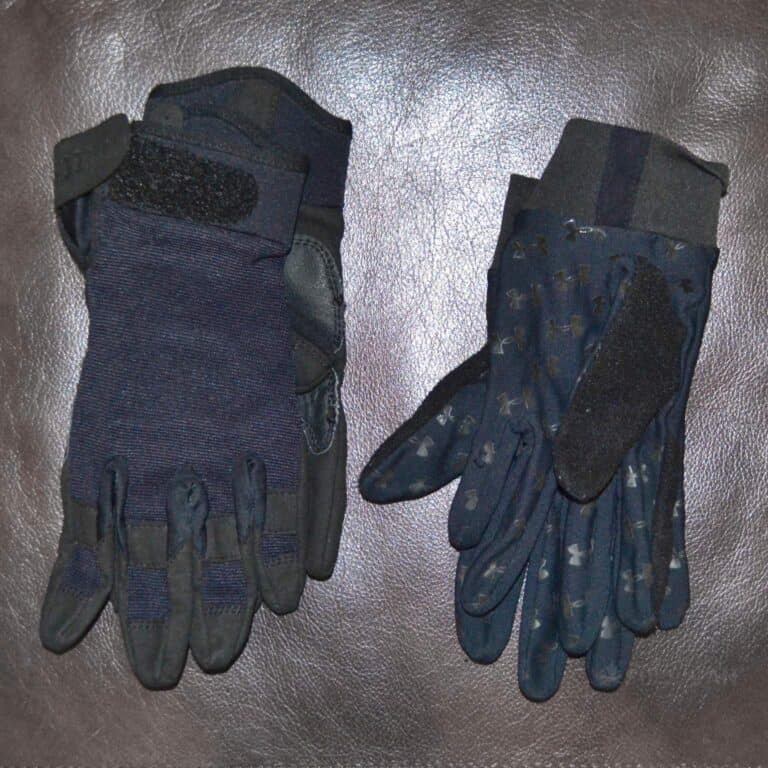
Work Gloves
You have probably never seen a selection of work gloves like the ones you’ll see hanging up on the wall or resting in bins at your local Home Depot.
It is hard to believe there is such a variety! There is synthetic, leather, ultra-thin, padded, grippy, phone compatible, chemical resistant and so much more.
This is because working hands need protection and you had better believe your hands are going to need protection when you are dealing with the fallout of some disaster or crisis.
There is no shortage of things that can damage your delicate hands in a survival scenario, from the twisted metal and broken glass of an urban incident to the jagged rock and stinging or blistering touch of venomous insects or dangerous plants.
When your hands get injured, your capability is diminished, and you cannot afford the loss of any capability in a survival scenario where lives may hang in the balance of your work capacity.
Obviously, you should protect your hands accordingly. Everyone has their preference of work gloves.
Some like the sturdy all-purpose protection of animal hide leather gloves, while others prefer the second skin dexterity and minimal protection provided by synthetic technical gloves as exemplified by the Mechanix brand. Either will work, and you can make a case for both kinds, so get a couple of pairs.
Nitrile Gloves
Sometimes you need protection for your hands that cannot be provided by typical work gloves. Dealing with hostile chemicals and biological threats are one such instance, as anything that could soak into or wick through common work gloves could still hurt or kill you all the same.
For times like this, you’ll need to specialized glove and one that you can take off and ditch as soon as that work is done.
Nitrile gloves are one of the best all-around disposable gloves for resistance to the biggest variety of common chemicals as well as most biohazards like blood, feces, and other bodily fluids. These gloves are supremely useful and should be a fixture of every survival kit and most especially every first aid kit contained therein.
There are lots of good ones on the market, and I particularly like the extra heavy-duty variety that is powdered on the inside for easy donning. I’ll give you one tip.
Avoid the jet black kind, no matter how cool they look because they make it more difficult to discern the presence of liquid on them and what kind of liquid it is.
Blood in particular is very tough to see especially in conditions of low light, and for that reason, most paramedics and other medical professionals are moving away from them.
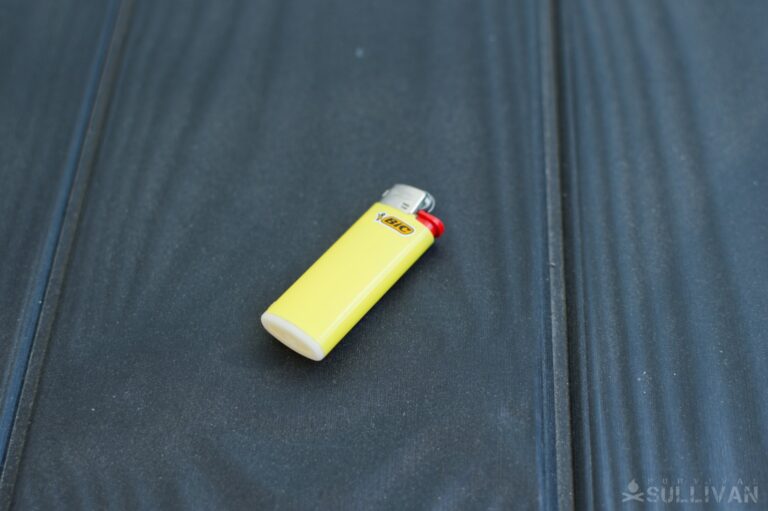
Lighter
The ability to make fire on demand is one that most of us take for granted. But in eras past as today, it remains an essential capability in emergency situations.
When you need to get warm, and you need to see in the dark, signal for help, cook food, boil water or keep potentially hostile critters at bay, fire is what you need.
Many preppers naturally focus on doing it the old-fashioned way, or at least an older fashion way, utilizing primitive techniques or older technology such as flint and steel.
But when you get a fire going right away there is hardly anything quicker or more reliable than a bog standard lighter of some kind.
Even a classic lighter like a Zippo or Ronson is far faster and surer than fiddling around with a friction bow or some other method. When in doubt, toss a pair of disposable Bics into your pack and forget about it.
Any hardware store in the country and especially your local Home Depot should have a veritable smorgasbord of lighters for sale in all varieties.
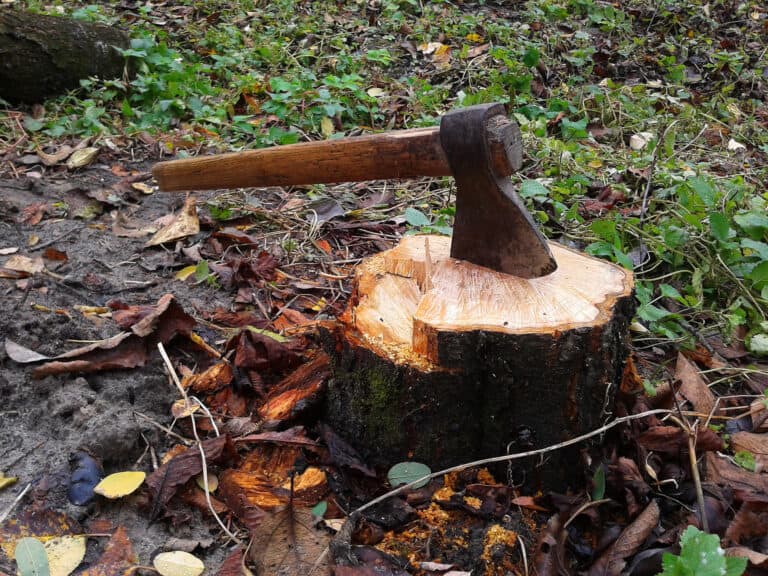
Axe
The axe is one of mankind’s oldest, best and longest used tools, and still gets pulled out for all sorts of chopping chores pretty much everywhere to this very day. If you had to take one tool with you into the woods, it might well be an axe.
For failing, limbing, and bucking hardly anything beats an axe until you get into power tools or some large, two-man lumberjacking saw.
For a prepper, an axe is certainly capable of fulfilling its classic role but it also takes on new life as an improvised demolition and extrication tool when electric or gasoline-powered options are either not available or not practical.
So long as you have the energy to swing it and periodically take a little time to sharpen it, an axe can work and work and work, and that longevity combined with its overall durability and versatility makes it a premier tool for pretty much every prepper living outside of the desert.
Your local Home Depot should have a good selection of axes, including smaller cousins like hatchets and tomahawks. It goes without saying that any of them can make ferocious close-quarters weapons when push comes to shove!
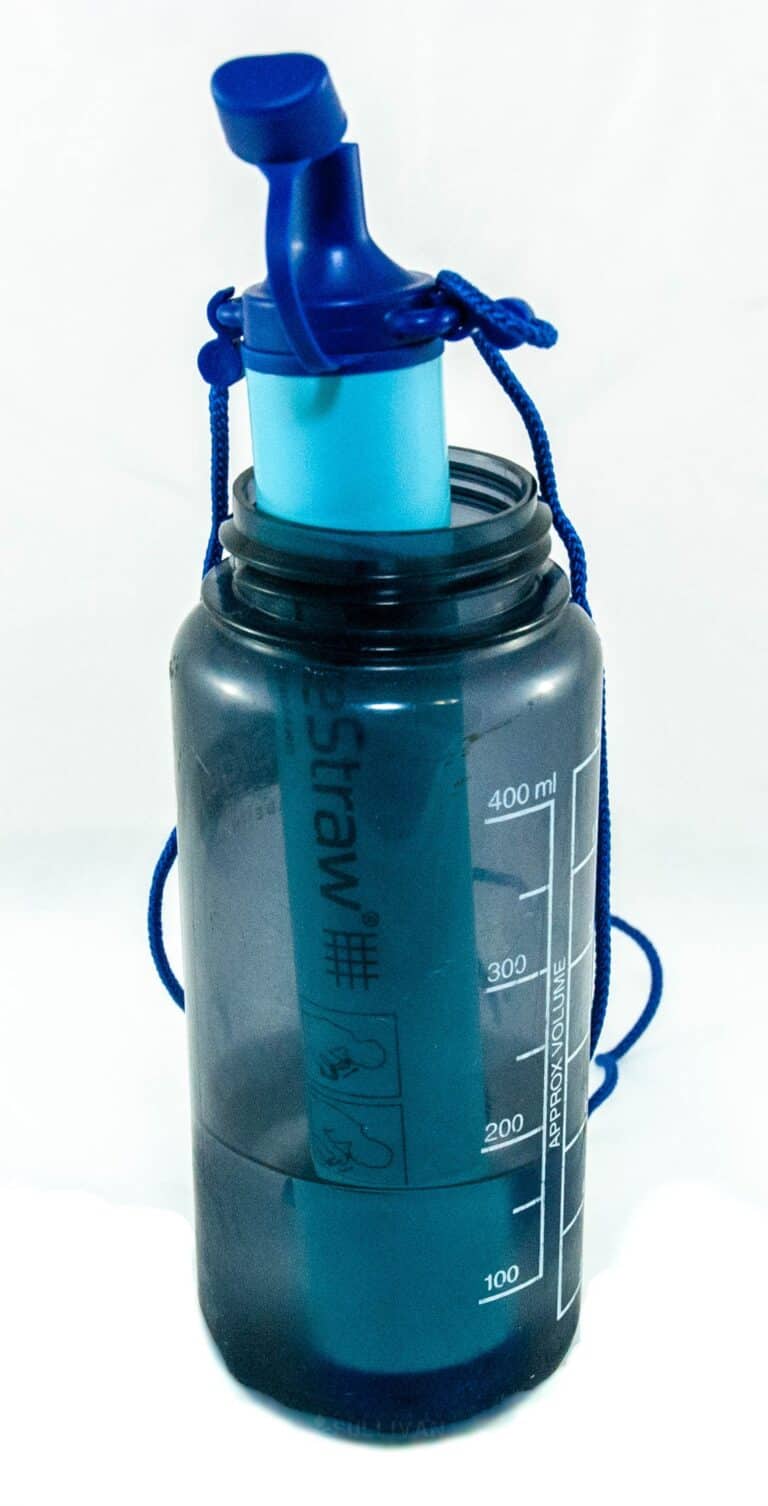
Thermos / Water Bottle
Water is always an essential resource and a survival situation, and getting your hands on the water is only one part of the equation. Carrying it with you and keeping it convenient for drinking is the other.
Sure, you could rely on flimsy, dinky, and increasingly bare-bones disposable water bottles, but a better option all around is a sturdy container that you can fill yourself.
For the purpose, you can hardly do better than a modern, durable water bottle made from high-impact plastic or alloy or alternately a vacuum tube vessel like a therapist that can keep hot liquids hot and cold liquids cold.
If you live in an environment that suffers from temperature extremes, you might consider the thermos or an equivalent competitor even though you will lose overall capacity for its size.
If you live anywhere else, however, and don’t have to worry about the bottle freezing you can stick with a classic water bottle so long as you don’t want to tote along hot liquids.
The durability of either will prove its worth when the going gets tough and it is getting thrown, tossed and dragged around along with all your other gear in your pack.
Cooler
A good cooler might sound like an implement for enjoying a holiday on the beach or at the park with family, not a survival tool, but I think you can make a good case for one.
Virtually any disaster worth the name is going to see your electrical service be knocked out across a local or regional area, and when that happens one of our most vital appliances, the refrigerator, is going to lose power and stop cooling the precious food within.
If you act quickly and add what ice you have to your cooler and pack perishable food inside you can keep it from going back which will take place sooner than you think even if you don’t open the refrigerator door for the duration. This will allow you to keep more calories on hand and safe to eat if you do nothing else.
Another reason a cooler is so important for survival is in keeping medication that must be kept at room temperature or even cooler stable so it does not go bad.
Insulin immediately comes to mind, but other medications abound, so if you or anyone else in your family or group relies on such medications a cooler could very literally become life support equipment.
Demo Bar
A demo bar, short for demolition bar (and sometimes called a wrecking bar), looks for all the world like an oversized crowbar, only one end usually has a bill or beak-shaped protrusion and sometimes a spike.
Everything you need to know about this tool is in the name, and they are just the ticket for breaking down or otherwise destroying all sorts of constructed contrivances, from nailed boards to securely locked doors.
For cleaning up or tearing down in the aftermath of a disaster, these things are tops and can be used as a probe or come along to help move or reposition items that you don’t want to risk touching.
These things are basically indestructible, and are well worth keeping on hand especially for people living in areas prone to natural disasters. If you need to shift a heavy load or pry open something just enough to let a teammate get a hand on it or wriggle through, this is your solution.
there are usually two or three varieties of this tool on hand at any given home depot, most often a couple of full-size varieties, one of them featuring additional tool heads or protrusions on it, and another which is a compact version, suitable for hanging from a tool belt.
Both will work, but keep in mind a longer tool provides greater leverage which might be important under the circumstances.
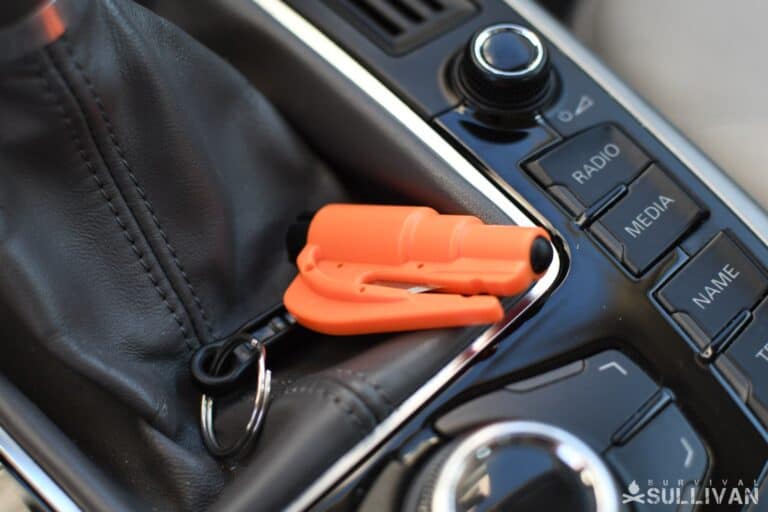
Vehicle Escape Tool
By far one of my favorite and most underutilized tools for preppers. A vehicle escape tool, sometimes called a self extraction tool, is a device that is designed to help you and passengers get out of an automobile after a crash which might see you trapped inside otherwise.
If the car is on fire or sinking in a body of water, seconds count and this tool will help you make the most of those seconds.
These are a sort of all-in-one device, typically featuring a hardened tip that is fixed or spring-loaded and designed to completely shatter automobile glass upon impact and also some sort of integrated strap cutter that will slice through a seatbelt like a hot wire through foam.
Most of these tools are designed to clip to a seat belt or otherwise attach somewhere conveniently within reach of passengers so it can be accessed in a flash.
Home Depot sells one that I really like that looks for the entire world like a toy hammer with a conical, metal point on it.
With nothing more than a brisk tap it can shatter a window and features an integrated seat belt cutter with plenty of leverage for rapidly cutting away stuck shoulder and lap belts with no trouble.

Jerky
As far as I’m concerned, the real crime facing our nation is the ever-increasing cost of beef jerky. Why is this stuff so expensive?!
Despite this very prepper-specific “tax” increase, beef jerky is an excellent survival ration, being packed with protein, generally filling, and possessing an extraordinarily long shelf life. When you need to grab some rations and go, you can depend on beef jerky to help you get there.
There’s not much else to say about it, but you’ll notice that Home Depot along with every other hardware store typically sells this stuff near the registers and bags both big and small. For quick calories you can count on staying fresh you can’t go wrong with beef jerky, even if it is pricey per calorie.
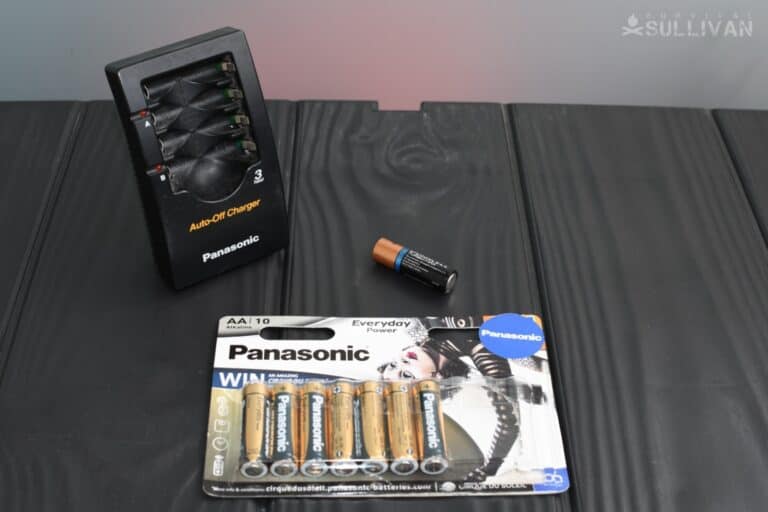
Batteries
Another thing that pretty much every prepper needs, even if they don’t love it. We rely on so many tools in a survival context that rely on batteries.
Flashlights, headlamps, the aforementioned walkie-talkies, and many more besides. All of these power-hungry devices run on batteries, and a significant fraction of them are non-rechargeable and instead require disposable primary cells.
If you are wise, you will keep plenty on hand and rotate them as required. Batteries, especially alkaline batteries, do not maintain their charge forever!
Don’t risk a bad outcome by leaving your electronic devices to be powered by old, degraded, or nearly dead batteries. Use them as you need them, and you won’t have to worry about topping off your supply of battery so much.
Luckily, Home Depot carries a huge array of batteries to serve any purpose and they often have good buys on large bulk packs in addition.
Conclusion
As preppers, it seems like buying and supplementing our survival supplies and gear will never end. It might be a chore sometimes, but that doesn’t mean we need to make a special trip to a special retailer.
Many survival items we need can be purchased cheaply and easily at a local hardware store or Home improvement supercenter.
Home Depot is one such home improvement center that has a surprisingly good selection of tools and other items that will be right at home in your survival stash.
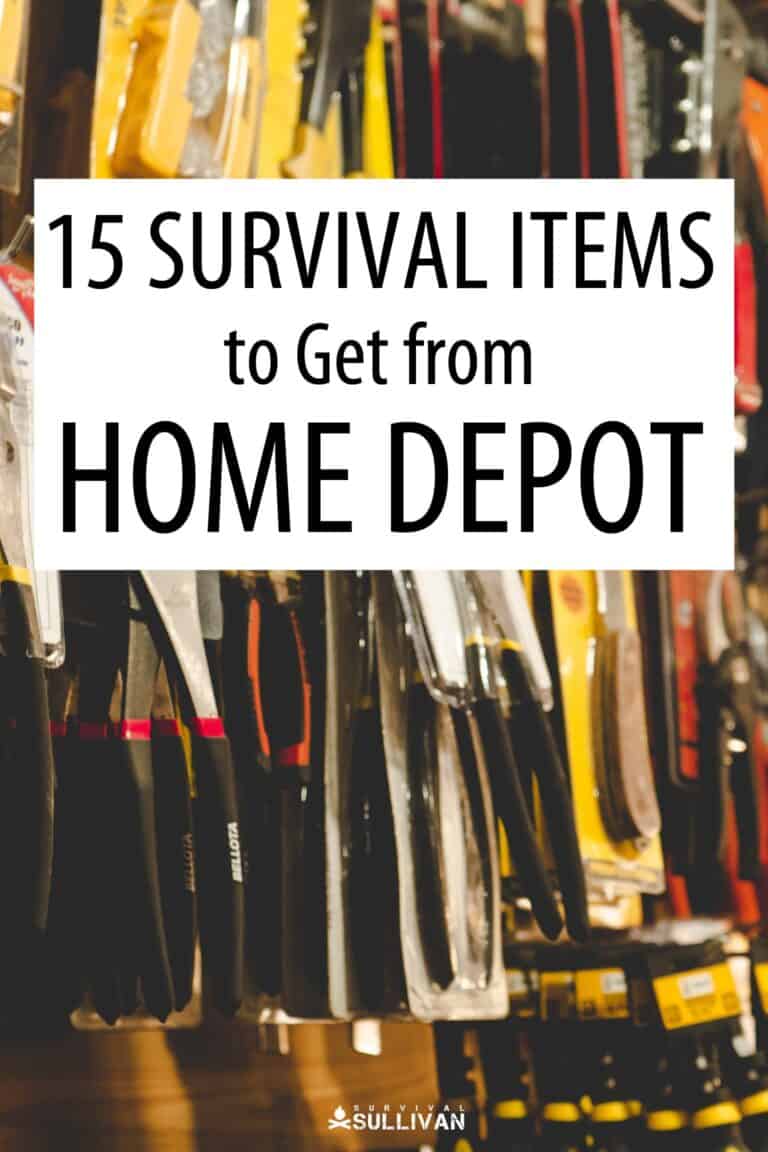

Tom Marlowe practically grew up with a gun in his hand, and has held all kinds of jobs in the gun industry: range safety, sales, instruction and consulting, Tom has the experience to help civilian shooters figure out what will work best for them.

I’d replace the jerky with cans of WD40. Jerky doesn’t last as long as you’d think, it gets rock-hard after a couple years. And WD40 has a gazillion uses.
Compass, protractor and map of your area. Chances are electronics won’t work.
I would add plastic buckets and lids along with the special wrench to remove them. And for food and even gear, Gamma Lids turn buckets into large storage containers.
And even if not food grade, with Mylar bags will allow one to store grain, rice, corn, dry beans, etc. Or you can make use of Glad, Ziplock or another brand of food bags to keep your food safe and fresh. Buckets can be used to create a shower, a cooler, turned into a toilet, used to store ammo or wash clothing, to build a water filter, or filled up and used as a platform for a bed.
Anyone in an urban environment should have a silcock key to open up water valves on the side of buildings and bung wrenches to open 30 and 50 gallon barrels.
Plastic or metal troughs for painting and plastering can be used as vessels for water or edibles and could be used as feeders for livestock or pets.
In addition to all the great ideas you mentioned, there are a lot of useful things at hardware stores and of course you can get materials and parts to build things.